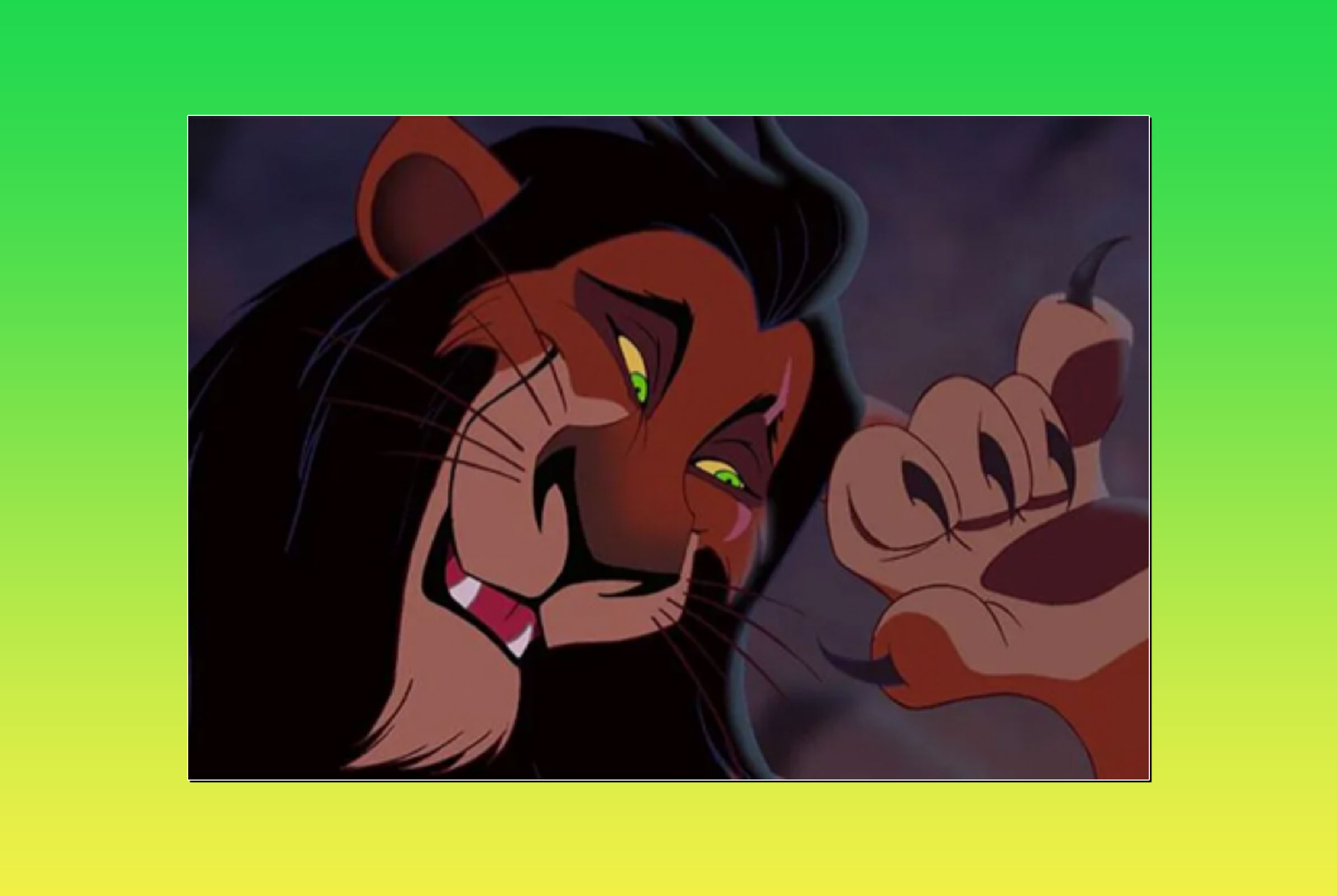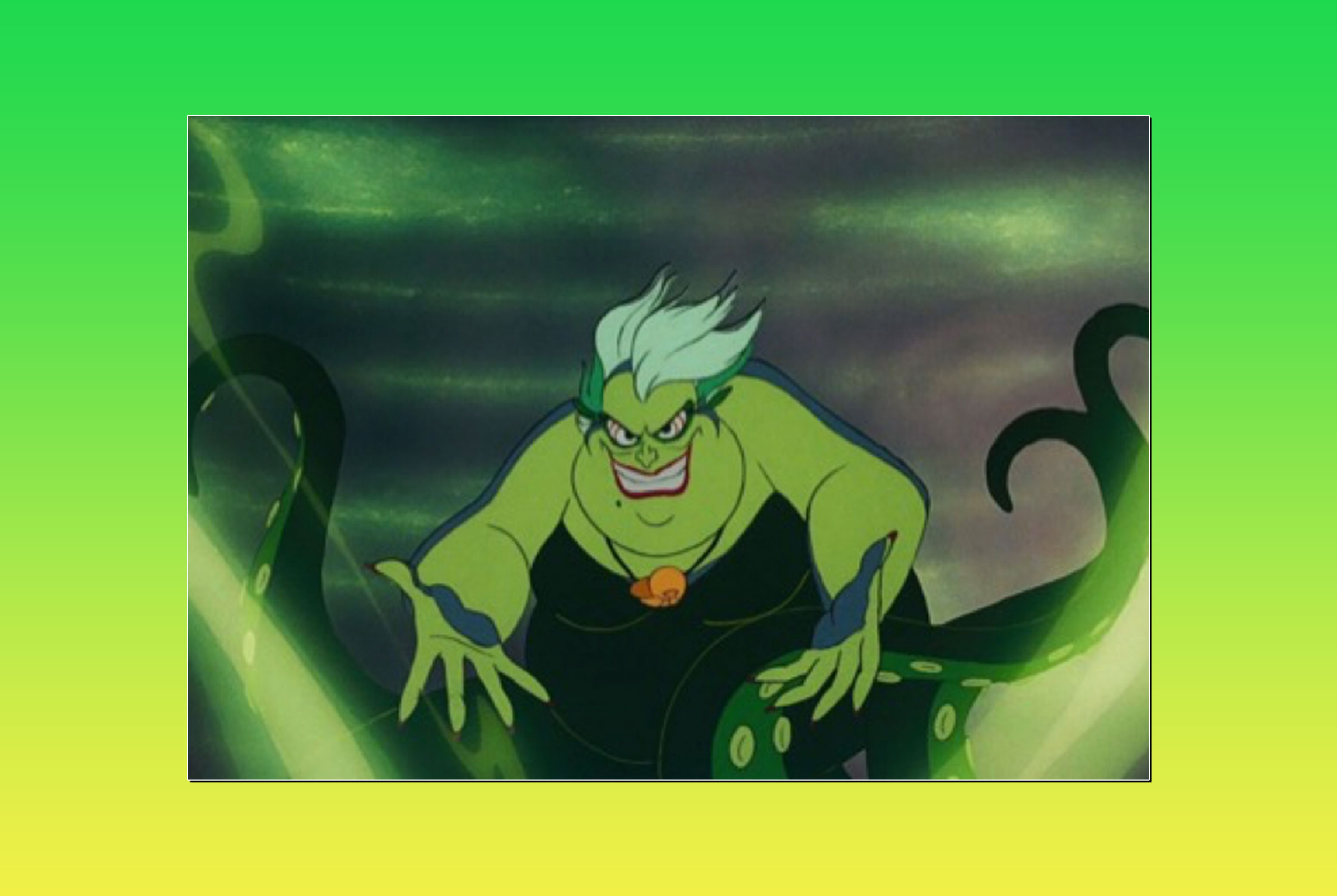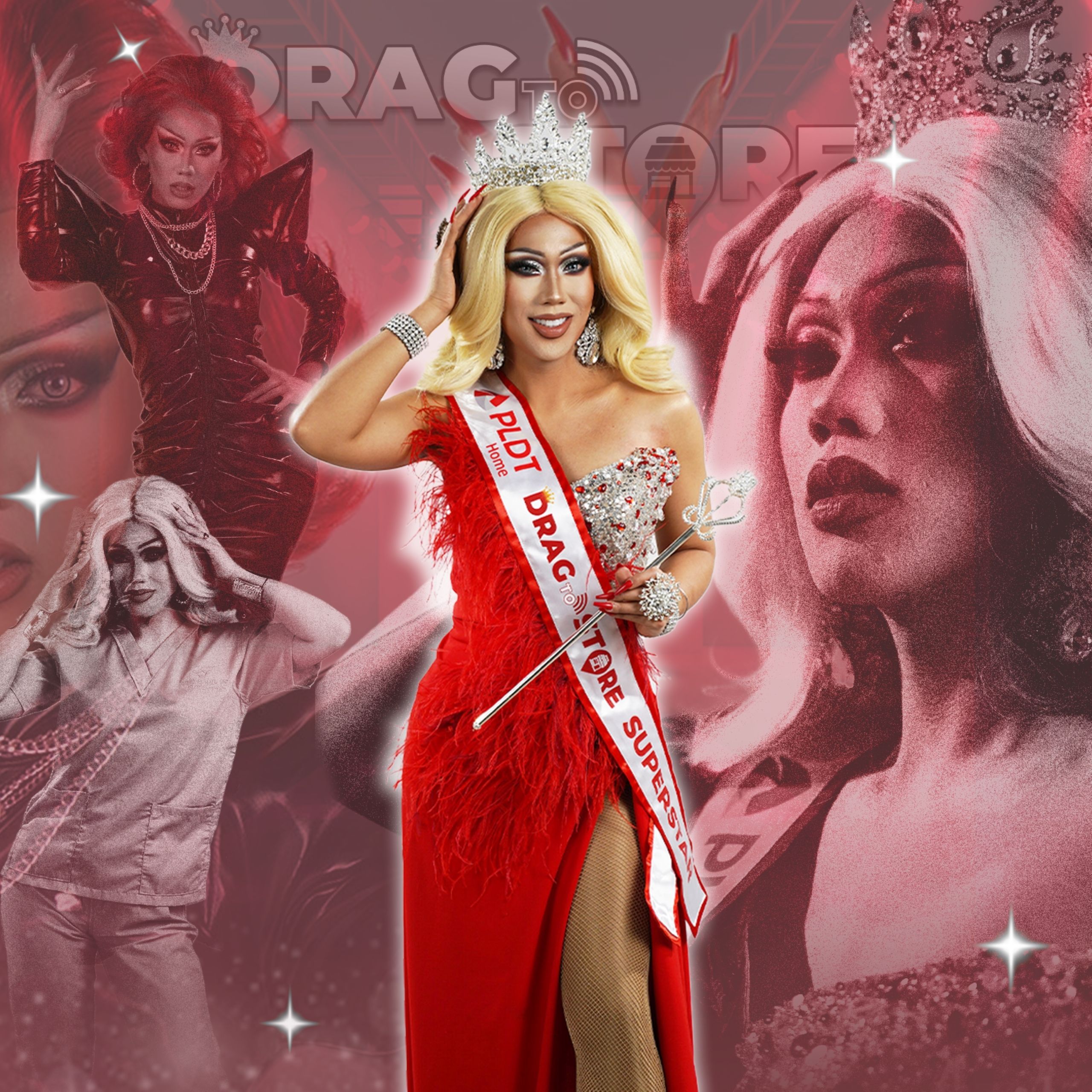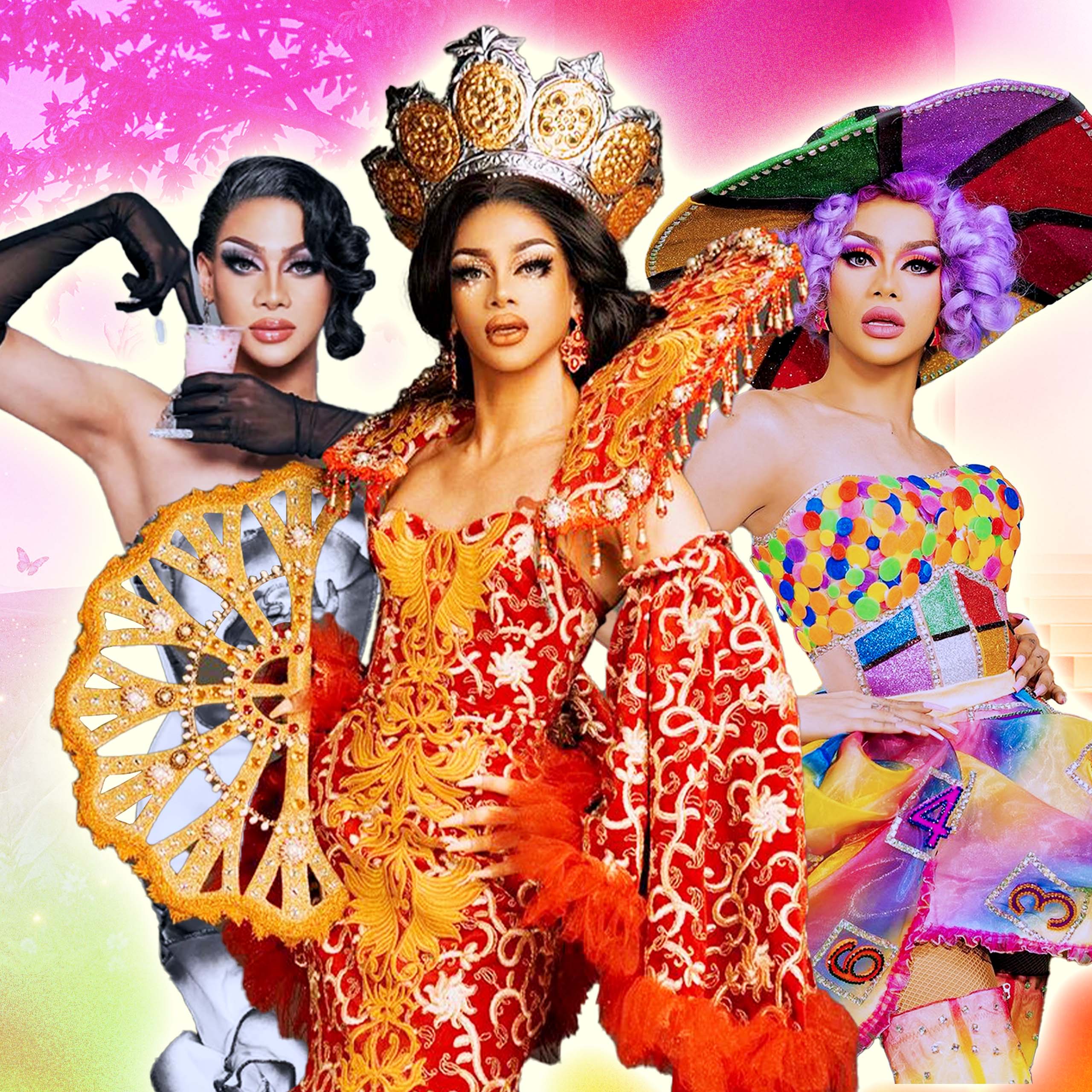Villain, villain, on the wall, who is the most vicious of them all? In movies, they’re the exquisitely menacing character with a penchant for expressing wicked delights with maniacal laughter. Why are queer folks more drawn to the hero’s antagonist?
Power-hungry and cobra-headed scepter-bearing Jafar would do any means necessary to rule Agrabah. Envious and bitter, Scar had to murder his brother to take over the kingdom. Mirror, mirror on the wall, who’s the pettiest of them all? Maleficent was uninvited to the christening of Aurora, so she made a MET Gala-like entrance to the castle to curse the child. These don’t sound appealing on paper, but when you attach them to the queer-coded characterizations, these catty, sarcastic rebels, outcasts, and weirdos with a flair for flamboyant affectations suddenly captivate us. These villains were given features associated with being gay, but with ambiguous sexuality. Representation-wise, is it good, bad, or both?

A Brief History Of Queer Coding
There was a time when the portrayal of homosexuality was seen as sinful and therefore not allowed in mass media. This was primarily because of the Hays Code or the Motion Picture Production Code, which set up religion-based guidelines that determined the content of movies in the United States from the 1930s to the late 1960s. Among the restrictions was “sexual perversion,” which included being gay. Homosexuals were automatically deemed as sexual deviants back then. Hence, the storytellers found ways to hide and sprinkle in clues about a character’s queerness to incorporate it into the story. They used LGBTQIA+ stereotypes and tropes like the “sissy” to hint at a character’s sexuality without directly confirming it.

Characters perceived as nonconformists often had to be punished, leading to queer-coded characters finding themselves as villains in many stories. Even when the Hays code was lifted in 1968, because many of these ideas had become so deeply rooted in cinema, queer coding persisted and still happens today. Perhaps this also helped shape the views of others that anybody who strays away from gender norms must be wrong.

Impressionable queer children had found the first flickers of some form of representation in these often misunderstood characters shunned by the world. We claimed these misfits as our own. These villains are gay icons.
It’s Giving…Camp!
John Waters, one of cinema’s great, grotesque minds, challenged censorship and paved the way for future filmmakers to explore controversial and unconventional themes that pushed creative boundaries. Tying directly to the queer community was one of his muses, the legendary drag queen Divine, who inspired Ursula’s (easily everyone’s favorite sea witch) appearance and performative nature.

I had memorized her overly dramatic mannerisms and how her tormenting eyes would speak with imaginary tentacles to match what was happening in my head. I would use her lines in everyday situations like, “Life’s full of tough choices, isn’t it?” How often had a gay boy recreated that final boss scene in a swimming pool, saying, “The waves obey my every whim!” Can you imagine my urge to borrow my grandmother’s lipstick to imitate how Ursula applied hers?

Disney’s villains are mostly queer-coded, but there are several more beyond it: HIM from the Powerpuff Girls, Babadook, Buffalo Bill from Silence of the Lambs, Sleepaway Camp, Sailor Moon villains, Pyscho, Shrek’s Prince Charming, and, more recently, the viral hit, M3gan. Camp is inherently queer. Its silliness and exaggerations are among its centerpiece. Coding these characters as queer to make them appear a threat to mainstream audiences hit the LGBTQIA+ community differently because we saw ourselves in them having to fight for a world not made for us.
What Now?
The dangerous implications spill over to real life when the mainstream audience is constantly fed these evil stereotypes. Any queer manifestation will be linked with being a bad person, deliberately or subconsciously. Queer coding, queerbaiting, and even queer erasure, as seen in recent live-action remakes of Disney classics, are toxic perspectives to queer storytelling. I hope more creators are willing to embrace and represent the humanity of LGBTQIA+ voices unabashedly and to their fullness. There’s no need to hide LGBTQIA+ characters behind parody and cruelty anymore.











